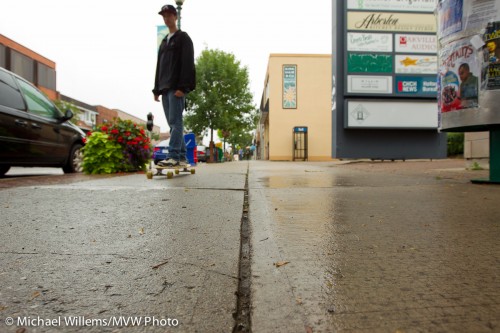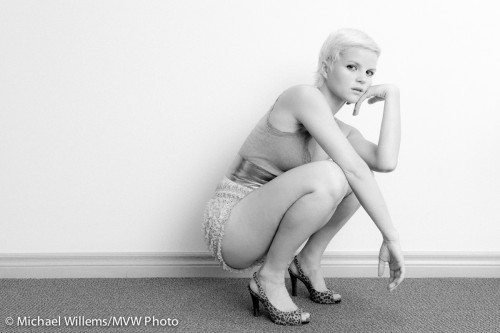When composing a picture, our proverbial Uncle Fred puts every subject in every picture smack bang in the middle.
Sometimes that works. But usually it leads to an unbalanced composition.
Like a scale with a pivot, I like to think as pictures needing the weight balanced. That leads more to this kind of thing (last week in Sedona, AZ):

The “Rule of Thirds” is one example of such a balanced layout. If you do not know this “rule” (which of course is only a guideline) then please look it up now. Or just click here. And you will conclude that of course I am using that rule in the photo above. I am also using colour contrasts and converging lines.
And all that in one hand from the steering seat of a Dodge Ram. You see, the point is that this is not a conscious decision. Good composition becomes second nature, an automatic reflex. With practice.
Here is another sample:

Another important thing is that any activity, motion, pointers, etc point into the middle. Not usually out of the frame.
Have fun shooting!










